
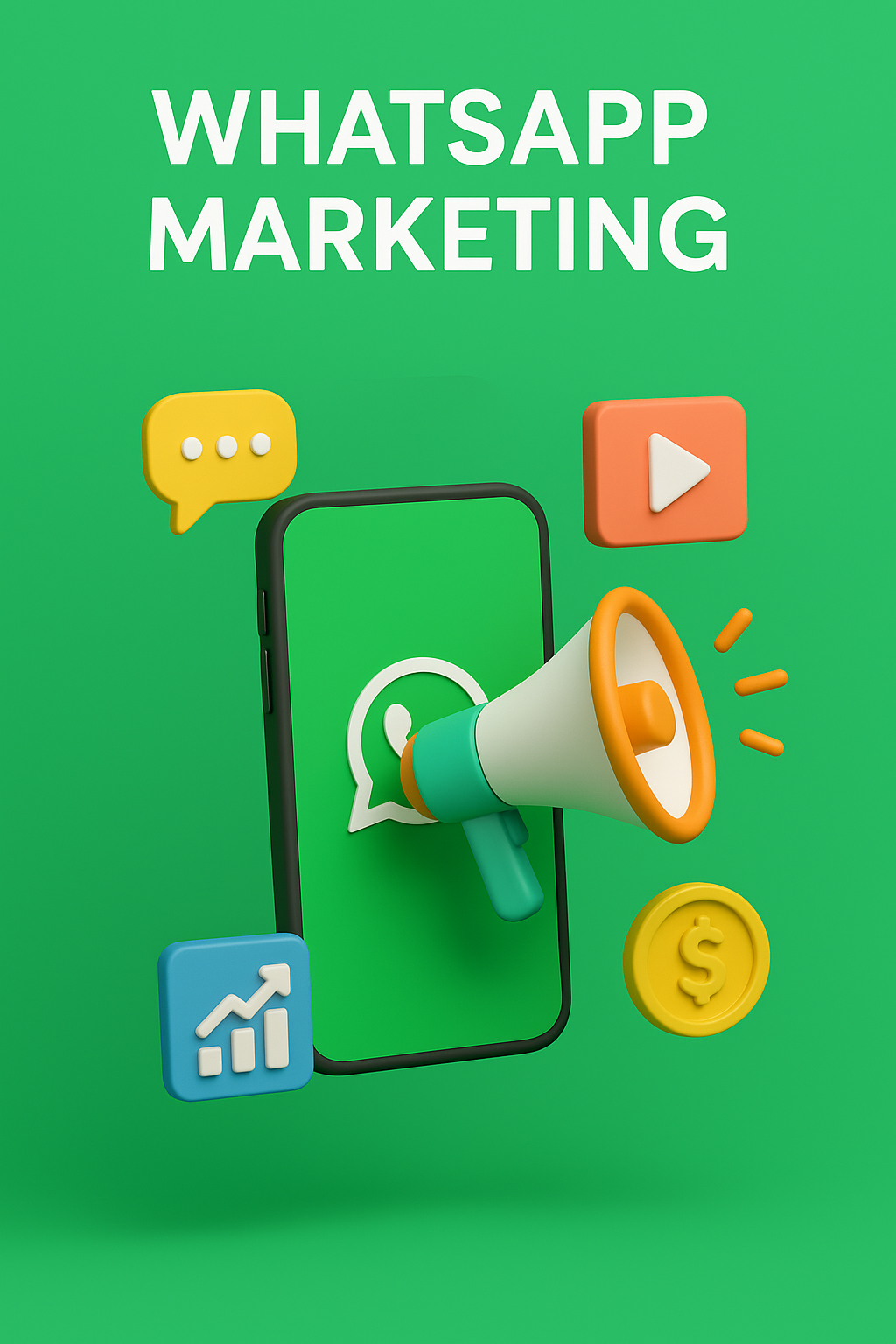
WhatsApp Marketing
WhatsApp Marketing has emerged as a powerful, direct, and cost-effective tool for businesses to connect with their audiences. With over 2 billion users globally, WhatsApp isn’t just a messaging platform—it’s a lead generation engine, a customer support tool, and a marketing powerhouse.
Table of Contents
ToggleWhat is WhatsApp Marketing?
WhatsApp Marketing is the practice of using WhatsApp—a mobile messaging app—to promote products or services, engage with customers, and drive conversions. Businesses use WhatsApp to send personalized messages, automate customer interactions, and build stronger relationships with prospects and existing clients.
With tools like WhatsApp Business and the WhatsApp Business API, businesses can send notifications, reminders, offers, updates, and support messages in real-time, directly to their audience’s most personal device—their smartphone.
Benefits of WhatsApp Marketing
top reasons why WhatsApp Marketing is worth integrating into your digital strategy:
High Open Rates
Messages sent via WhatsApp have an open rate of 98%, far exceeding email and SMS.Instant & Direct Communication
You reach your customers directly on their phones with real-time messaging.Rich Media Support
Send images, videos, PDFs, voice messages, and location info easily.Stronger Customer Relationships
WhatsApp offers a conversational, human tone, improving engagement and trust.Cost-Effective
Especially for small businesses, WhatsApp is a budget-friendly tool for high ROI.Global Reach
With support for over 180 countries, WhatsApp allows you to reach an international audience.
Marketing Automation in WhatsApp
Marketing Automation refers to using technology to automate repetitive marketing tasks such as messaging, follow-ups, and lead nurturing.
Types of Marketing Automation on WhatsApp:
Broadcast Messaging – Send mass updates or promotions to opted-in contacts.
Chatbots – Use AI-powered bots to answer FAQs, qualify leads, or take orders.
Autoresponders – Instantly reply to inquiries, even outside business hours.
Workflow Automation – Trigger sequences like onboarding messages or abandoned cart follow-ups.
CRM Integration – Sync WhatsApp with your CRM to track customer interactions and segment lists.
WhatsApp Marketing Strategy (2025 Edition)
To unlock the full potential of WhatsApp, you need a solid strategy. Here’s how you can plan an effective WhatsApp Marketing Strategy:
1. Define Your Goals
Are you looking for more leads, improved support, or increased sales? Set clear KPIs.
2. Build a Qualified Contact List
Ensure users opt-in before messaging them. Use website forms, ads, or QR codes to grow your list legally.
3. Segment Your Audience
Group contacts by demographics, behavior, or interest to send targeted messages.
4. Create Valuable Content
Share offers, tutorials, testimonials, or updates in a way that adds real value.
5. Schedule & Automate
Use tools to automate message flows and schedule campaigns during high-engagement hours.
6. Track & Optimize
Use analytics to monitor open rates, click-throughs, and responses—then tweak your approach.
WhatsApp Marketing Campaign
A WhatsApp Marketing Campaign is a targeted series of messages aimed at achieving a marketing goal—whether that’s brand awareness, lead generation, product launch, or customer retention.
Here’s an example of a WhatsApp campaign flow:
Day 1: Welcome message with brand intro
Day 2: Send a lead magnet (e.g., eBook or coupon)
Day 4: Share customer success story
Day 6: Offer discount or free trial
Day 7: Follow up and ask for feedback or conversion
Always ensure you’re compliant with WhatsApp’s Business Policy, including user opt-ins and avoiding spam-like behavior.
WhatsApp Lead Generation
WhatsApp Lead Generation involves attracting potential customers via WhatsApp and collecting their information for future marketing or sales outreach.
Methods to Generate Leads on WhatsApp:
Click-to-WhatsApp Ads on Facebook or Instagram
Website Chat Widgets that open WhatsApp conversations
QR Codes on Packaging or Stores
Landing Pages with WhatsApp CTAs
Lead Magnets (ebooks, discounts) shared via WhatsApp
How to Use WhatsApp Marketing
Here’s a practical breakdown of how businesses can use WhatsApp in their marketing mix:
Promotional Messages – Launch offers and new products
Transactional Updates – Send shipping info, payment confirmations, etc.
Event Reminders – Nudge people to attend webinars or offline events
Customer Support – Provide instant help with human agents or bots
Feedback Collection – Ask for reviews or ratings after purchase
Abandoned Cart Recovery – Send reminders and incentives
Process for WhatsApp Marketing Campaign for Lead Generation
Want to build a WhatsApp Marketing Campaign to capture leads? Follow this proven 7-step process:
1. Set Your Campaign Objective
Do you want to collect emails? Book demos? Sell a product?
2. Create an Opt-In Offer
Give people a reason to connect with you—e.g., a free checklist or discount.
3. Promote Your WhatsApp Entry Point
Use ads, website banners, social media, or QR codes to drive traffic to WhatsApp.
4. Automate the Conversation
Set up a welcome message, ask qualifying questions, and collect contact info.
5. Deliver Value
Send the promised lead magnet and follow up with helpful content.
6. Nurture the Lead
Use sequences to guide the user toward conversion over a few days.
7. Track Results and Optimize
Monitor engagement, lead quality, and conversions—then tweak your flow accordingly.
Final Thoughts
WhatsApp Marketing is no longer a “nice-to-have”—it’s an essential tool for modern marketers who want real conversations, stronger relationships, and better ROI. Whether you’re a small business or a growing enterprise, integrating WhatsApp into your digital strategy can supercharge your lead generation and customer engagement.
From building your first campaign to using advanced automation, WhatsApp gives you the power to reach your audience where they’re most active—on their mobile phones.

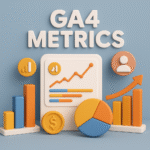



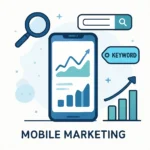

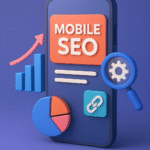

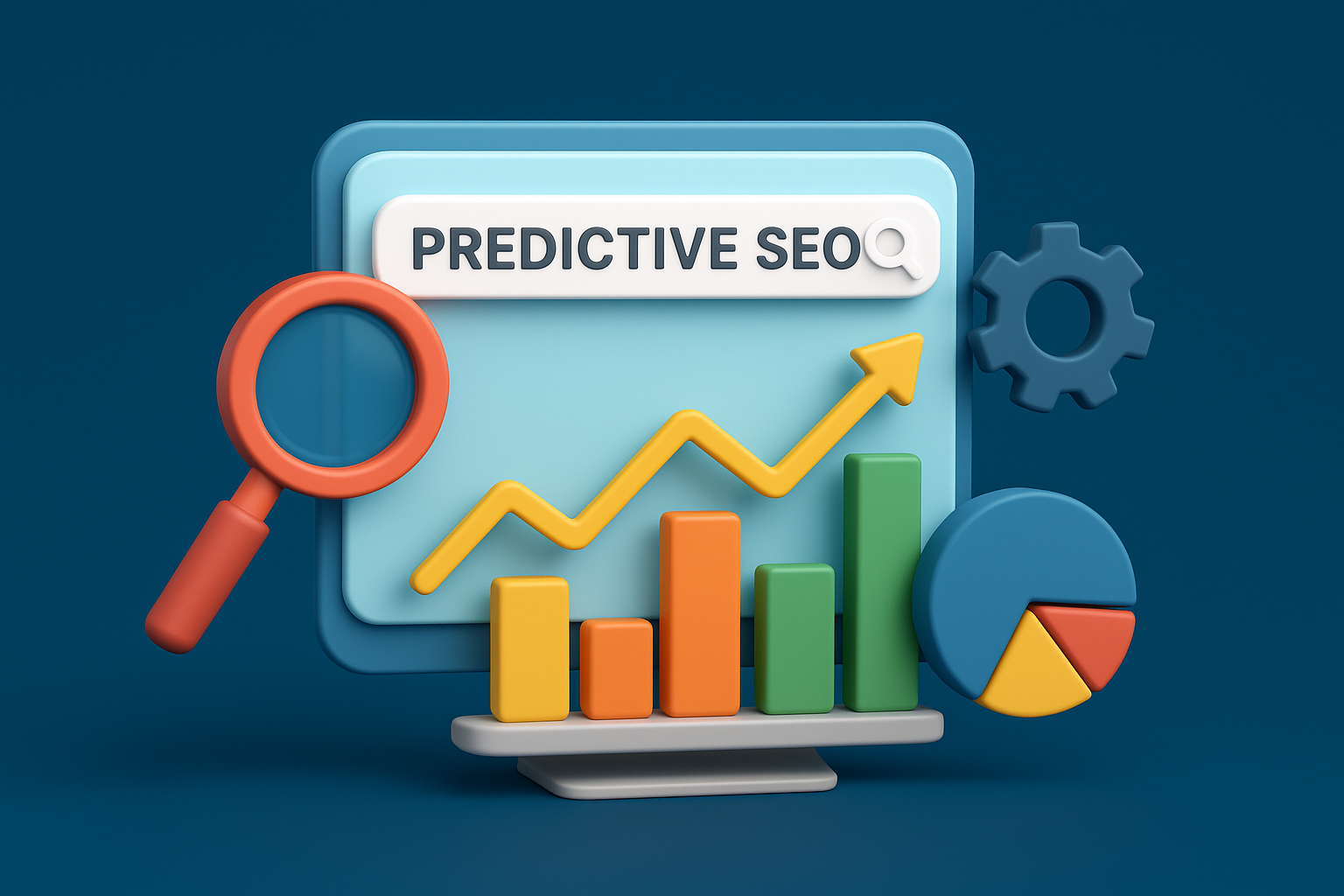
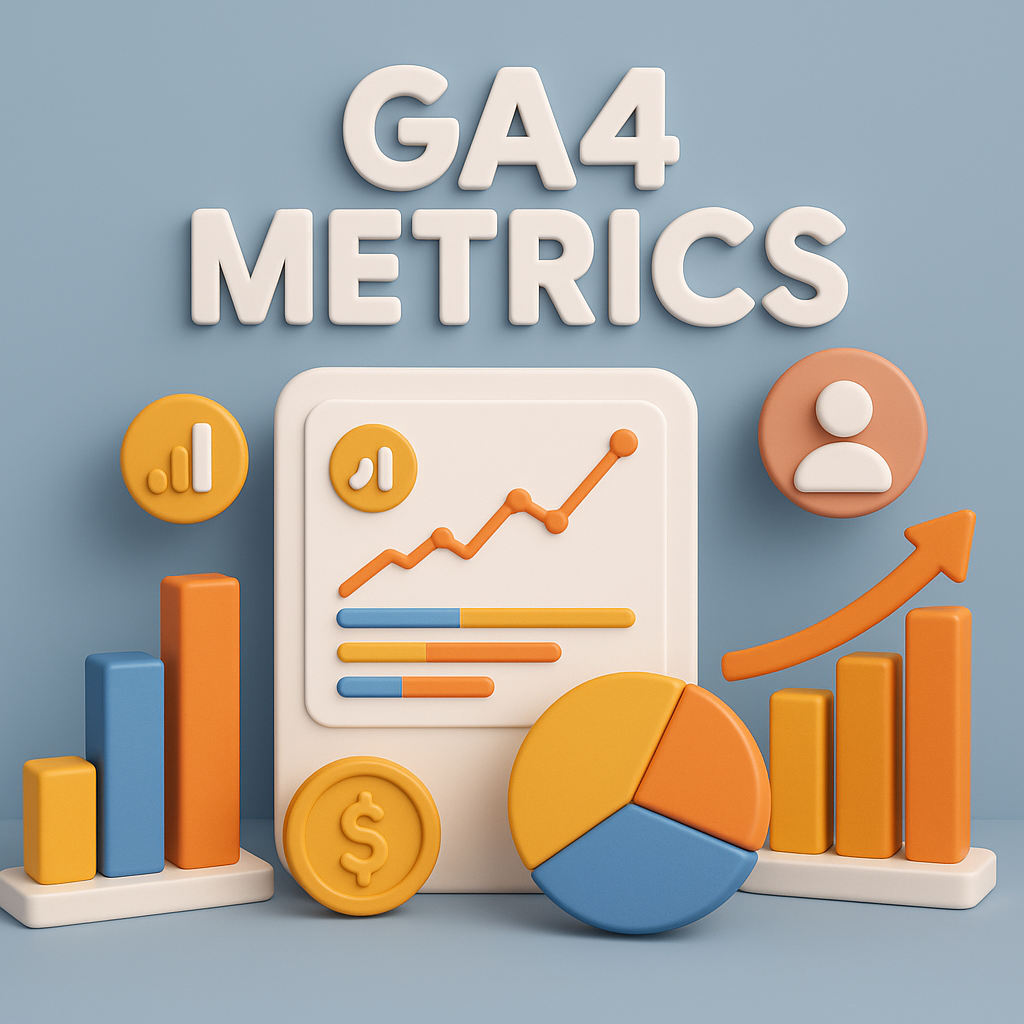
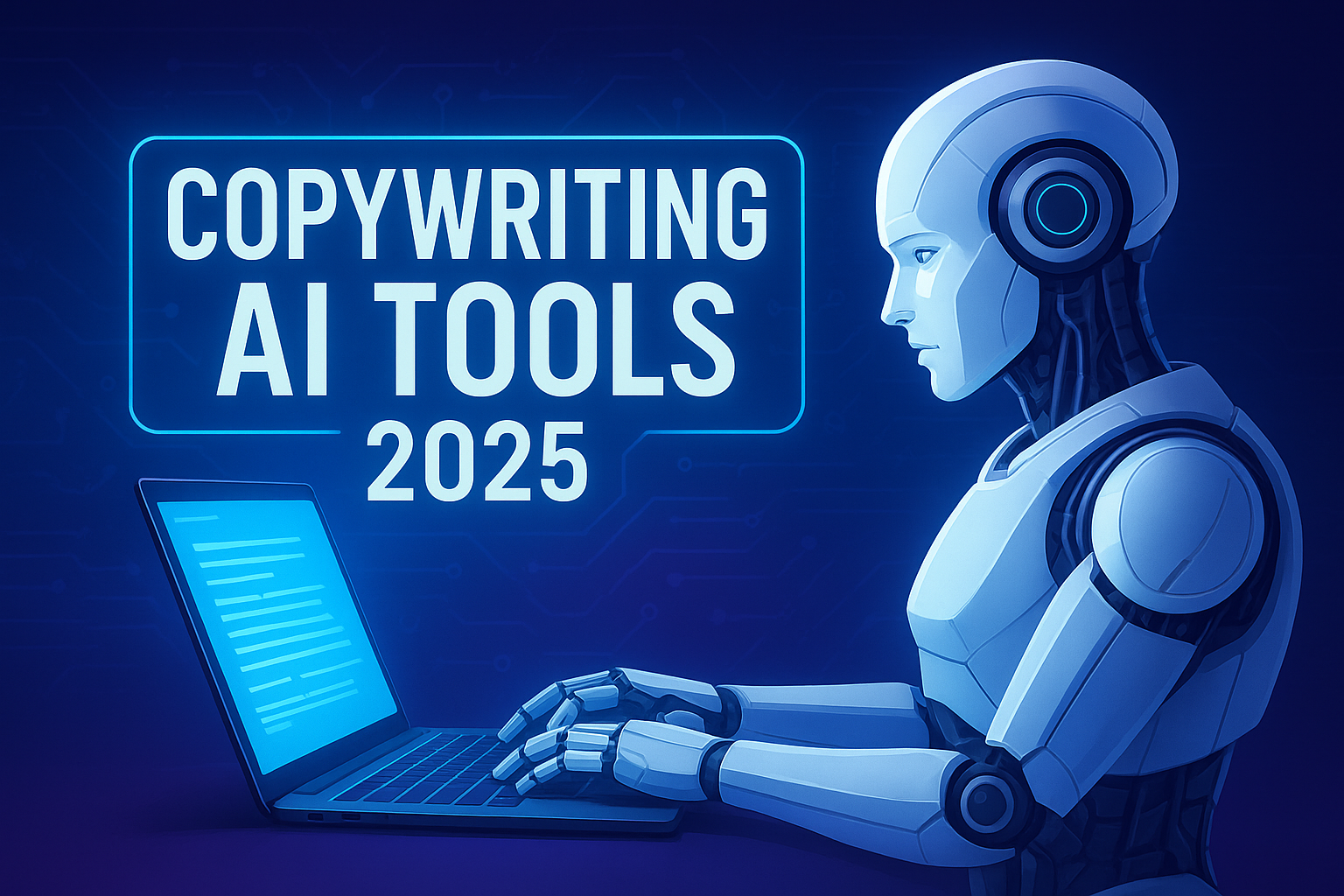

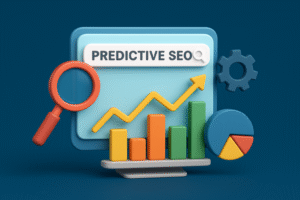




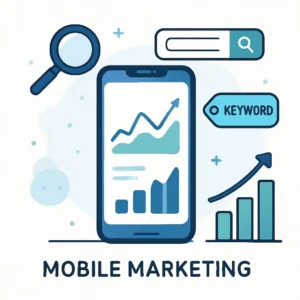



Post Comment